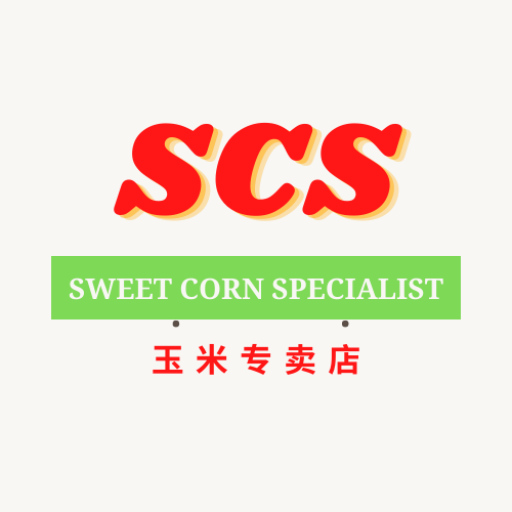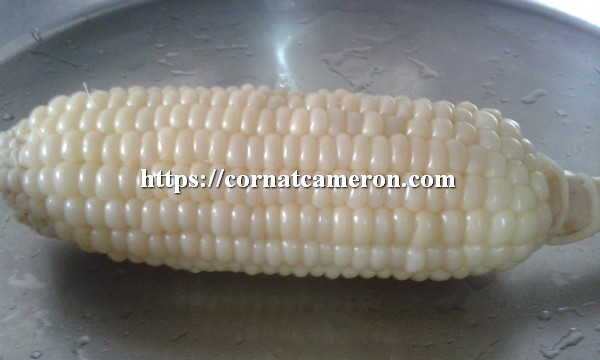Is corn a vegetable or fruit
Is corn a fruit, a vegetable, or a grain?
Corn is a staple for many people across the world, eaten in various forms. It is infamous as a side dish or a snack, or just an addition to soups and salads. People across the world crave corn a lot. But the question that might come to mind out of curiosity or when preparing a diet plan is whether is corn a vegetable or not. Keep reading this article to know whether or not corn is a vegetable and why you should consider consuming it.
Is corn a grain?
“If you look at Merriam Webster’s definition of corn, you’ll see that there’s a reference to corn as a grain,” says Gorin. So yes, corn is technically a grain.
Corn kernels (the part you use to make popcorn), when in their full form, are considered whole grains because they contain all three of their parts—the germ, the endosperm, and the bran—intact.
So, when you eat popcorn, you’re eating whole grains, because you eat the entire kernel, explains Gorin.
Processed grain products, like white flour made from wheat or fine cornmeal made from corn, often only contain the endosperm, Gorin says. As a result, they lack the fiber and nutrients of bran and germ provide.
Though eating the whole corn kernel is more nutritious, eating only its endosperm doesn’t disqualify corn as a grain.
Is corn a vegetable?
“The definition of a vegetable is ‘a usually herbaceous plant grown for an edible part that is usually eaten as part of a meal,’” Gorin says. Yep, corn definitely fits the bill.
Corn is a vegetable, but it is also a fruit and a grain, depending on the form you consume it in. This might be a little confusing, but to understand how corn can be put in all three categories, it is first important to know the growing and harvesting procedure for corn.
Corn is a diet staple for many people around the world. It’s found as a side dish, in soup, in casseroles, and more. When corn kernels are popped, they become a favorite snack while watching a movie.
Since corn is higher in carbohydrates and calories than vegetables like leafy greens and cruciferous veggies (think broccoli), it’s typically considered a starchy vegetable. (Other examples of starchy veggies include potatoes and squash.) As part of a meal, corn and other starchy vegetables are more energizing than their non-starchy counterparts.
Is corn a fruit, too? Technically, yes.
There are a few different definitions of “fruit” out there, and corn fits them all.
One super broad definition of fruit: “a product of plant growth (such as grain, vegetables, or cotton).”
“In this sense, corn could be considered a fruit,” Gorin says.
Another definition defines fruits as what grows from the seed or flower of a plant (while vegetables grow from the leaves, stems, or other parts). Here, too—along with tomatoes and cucumbers—corn falls into the fruit category.
Not to mention, “each corn kernel is considered a caryopsis, which is a dry, one-seeded fruit,” adds Gorin.
What is corn?
Ultimately, like many other types of produce, corn can be considered a grain, a vegetable, and a fruit.
Whole corn, as you eat on the cob, is considered a vegetable. The corn kernel itself (where popcorn comes from) is considered a grain. To be more specific, this form of corn is a “whole” grain.
To complicate things a little more, many grains including popcorn are considered to be a fruit. This is because they come from the seed or flower part of the plant.
In contrast, vegetables are from the leaves, stems, and other parts of a plant. This is why several foods people think of as vegetables are actually fruits, like tomatoes and avocados.
So, corn is actually a vegetable, a whole grain, and a fruit. But no matter what form it comes in or what category it falls into, corn is good for you and can be part of a healthy diet. Even plain popcorn can be healthy when prepared without oil, butter, or salt.
No matter how you categorize it, though, corn provides energizing carbs, filling fiber, and nutrients like vitamin C, thiamine, folate, and potassium, making it a worthwhile part of a healthy diet, says Gorin.
What’s the history of corn?
Corn originally started in the Americas. It’s the most popular crop grown in the world. In many parts of the world, it’s called maize.
The three most popular types of corn are:
- Sweet corn: This is what you’d typically find at the grocery store.
- Field corn (or dent corn): This variety is used to feed cattle and other livestock. It’s also used in some industrial items.
- Indian corn (or flint corn): This kind of corn comes in many colors and is popular as a decoration often seen around Thanksgiving. A variety of this type of corn is also used to make popcorn.
It’s believed that corn originated from a type of Mexican grass. But corn itself doesn’t actually grow anywhere in the wild.
How is Corn Harvested?
The growth stages of corn can be divided into two categories, the vegetative stages, and the reproductive stages. From the time the plant starts to emerge to when the tassels are formed, it is known as the vegetative stage. The number of leaves that grow depends on the environment, the type of seed used, etc.
After that, the reproductive stage starts. As the silk (the silk threads on a cob of corn) begins to appear, the corn is pollinated to form kernels on the cob. These kernels go through 5 more stages changing from white to yellow in color and then eventually losing most of their moisture and drying out.
This whole process, until maturity is attained, lasts for about 45 days if you plant in hot weather. The planting period depends on the type of corn and the weather that you plant. Corn is harvested in these different reproductive stages as a cob, when the corn has a higher moisture content, or as kernels when they are dry and towards the end of their life cycle.
Why is Corn a Vegetable, Fruit, and Grain?
In very generic terms, harvesting vegetables is done from the leaves, stems, or other parts of the plants. Hence, corn is a vegetable because it is part of the leaves and stems. Fresh corn is infamous as a starchy vegetable.
Fruits are harvested from the seeds or the flower part of the plant. The corn kernels fit this description because they are part of the pollination process and are used as seeds for growing.
Now a whole grain is something that contains all three of its parts—the germ, the endosperm, and the bran. Kernels harvested when corn is fully mature and dry are considered grains because it has all three parts intact.
How to Include Corn in Daily Diet
One can eat corn in various forms, some of which are:
- You can add corn to your salads and soups. Besides giving immense health benefits, it adds a tasty crunch to various food items.
- Corn on the cob is a very popular side dish that many people prefer in their daily diet.
- Use the kernel of corn to treat yourself to a bucket of popcorn while watching a movie or when you crave something for an evening snack.
- You can also use corn to purpose homemade flour for tortillas or bread.
- To reduce cholesterol in your home-cooked food items, you can use corn oil.
- You can steam corn and it is as a vegetable.
Health advisory:
- It is important to chew corn properly because the body has a little difficulty in breaking it down. Try to consume them boiled/steamed, so they are soft and easy to digest.
- It is a starchy vegetable and is rich in carbohydrates, so precautions should be taken by people with diabetes regarding how much they are consuming this vegetable.
Now that you know corn is a vegetable and the multiple benefits it has to offer, it’s never too late to consume this fiber-rich food for a healthy body! In the comments section, let us know your thoughts, suggestions, or queries.
Share with your friends if you like this post. Tell us your opinion in the comment below.
Discover more from Sweet Corn Specialist at Cameron Highlands, Malaysia
Subscribe to get the latest posts sent to your email.


